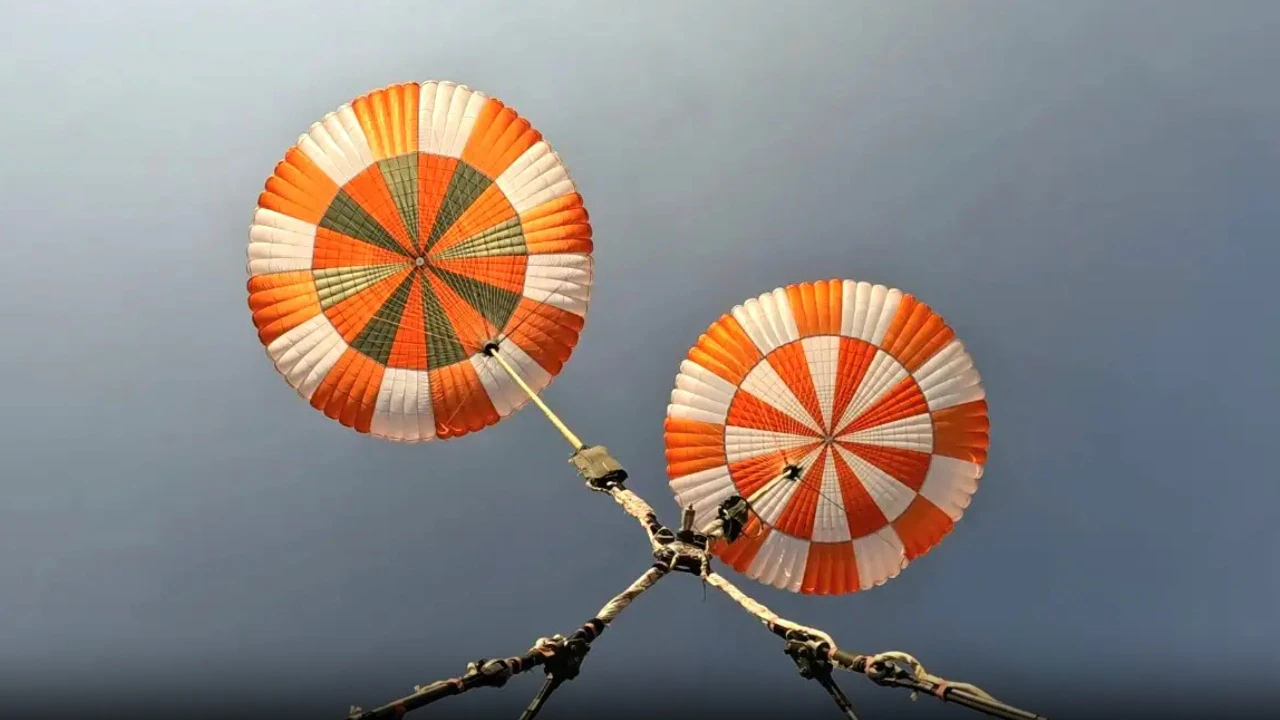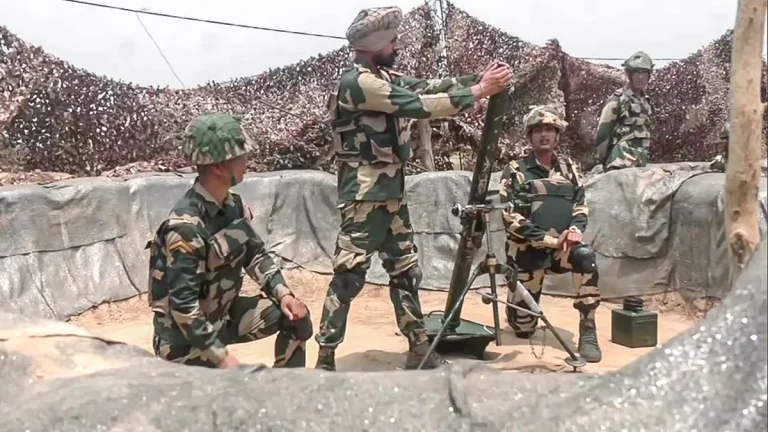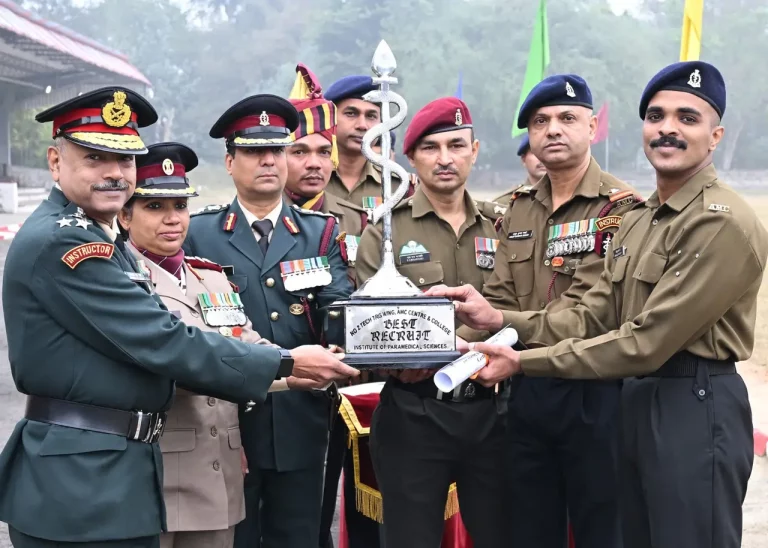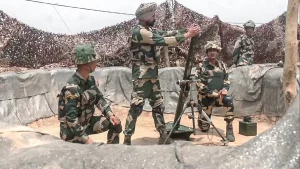In a significant development for India’s Gaganyaan human spaceflight initiative, the Indian Space Research Organisation (ISRO) has successfully executed a critical test of the Crew Module’s main parachutes at the Babina Field Firing Range in Jhansi. This test, part of the Integrated Main Parachute Airdrop Tests (IMAT), took place on November 3, 2025, and is designed to validate the complex parachute recovery system integral to ensuring the crew module’s safe descent and landing after re-entry.
The Gaganyaan mission, which aims to send a three-member Indian crew into low-Earth orbit for a three-day mission, represents India’s inaugural foray into human spaceflight. To ensure a successful crewed flight, ISRO is conducting a series of extensive unmanned validation tests. These tests are crucial for the reliability of critical systems such as crew escape and recovery, particularly under extreme conditions.
The Crew Module Parachute System is composed of ten parachutes categorized into four different types, each serving a unique purpose in the multi-stage recovery process. The sequence of deployment initiates with two apex cover separation parachutes that detach the protective cover from the parachute compartment. This is followed by the deployment of two drogue parachutes, which stabilize and decelerate the rapidly descending module.
Once stabilization is achieved, three pilot parachutes are released to extract the three large main parachutes. These main parachutes play a crucial role in slowing the module down to a safe landing speed. Notably, the design includes redundancy features; even in the event of a failure of one main parachute, the remaining two can ensure a safe and controlled touchdown.
The system incorporates advanced design features such as a reefed inflation mechanism. This mechanism allows the canopy to open gradually—first partially, then fully—thereby minimizing sudden mechanical loads on both the parachute and the module. A pyrotechnic device is employed to time this inflation process meticulously, ensuring that it occurs in well-calibrated stages to maintain structural integrity and stability during descent.
The recent IMAT successfully simulated a scenario where the disreefing of one main parachute was delayed, mimicking a challenging situation that could arise during actual flight. The objective was to evaluate the system’s capability to maintain balance and performance amid asymmetric load conditions.
During the test, a dummy Crew Module, designed to match the actual weight, was dropped from an Indian Air Force IL-76 aircraft at an altitude of 2.5 kilometers. The entire deployment sequence—from drogue release to the main parachute deployment—was executed flawlessly, resulting in a stable descent and a soft landing.
This test was a collaborative effort involving ISRO’s Vikram Sarabhai Space Centre (VSSC), the Aerial Delivery Research and Development Establishment (ADRDE) of DRDO, and members from the Indian Air Force and Indian Army. The successful orchestration of this high-risk, high-precision mission underscores the effectiveness of inter-agency teamwork.
This achievement represents a major leap forward in India’s ambition to human-rate the Gaganyaan systems. The test not only validates the parachute system’s structural robustness and reliability, even under simulated failure conditions, but also propels India closer to launching its first astronauts into space. With this milestone, ISRO has showcased its growing technical proficiency and confidence in essential safety systems, forming a critical foundation for the success of the Gaganyaan mission.



















